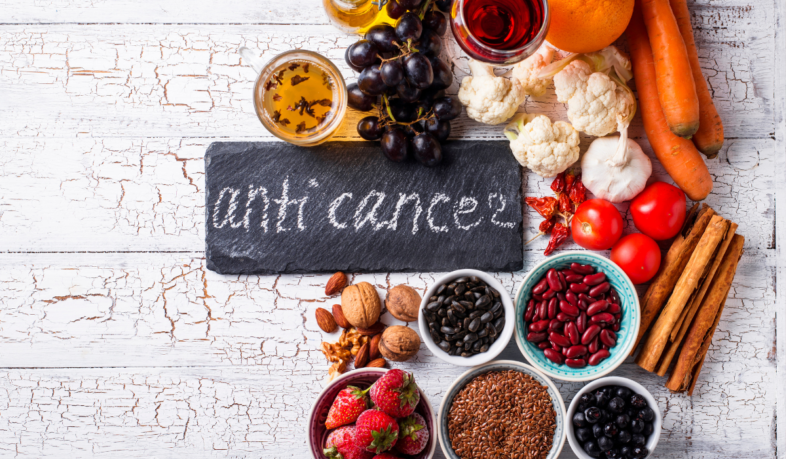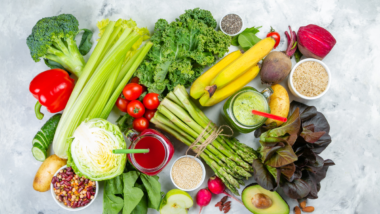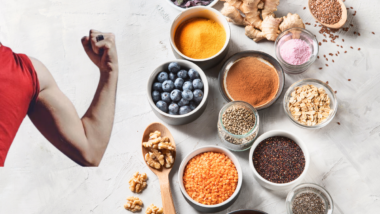As the nation’s second most deadly disease, cancer brings with it several risk factors. Therefore, it’s logical that we take a good look at the foods we’re eating, and start introducing nutrient-rich foods that are known to help reduce the cancer risk. A diet rich in fiber, vegetables, and fruits, including juices made from 100 percent fruit juice, can make a big difference in your cancer risk. We here discuss Superfoods that fight cancer.
Phytochemical-Rich Choices
Foods rich in phytochemicals which are found in beans and cruciferous vegetables like broccoli, cauliflower, cabbage, brussels sprouts, and kale are strong choices. So are dark green leafy vegetables like spinach, romaine lettuce, and collard greens, which are packed with fiber, lutein, and carotenoids – all cancer-fighting substances.
Antioxidant-Packed Foods
Focus on choosing foods that have abundant amounts of vitamins C, E, and A, all antioxidants themselves. These help protect you from cancer by preventing the growth of free radicals in your body.
Tomatoes: Versatile Cancer Fighter
Tomatoes are an awesome cancer-fighting superfood. Not only do tomatoes contain lycopene, the antioxidant phytochemical that also helps prevent heart disease, but they’re a good source of vitamins A, C, and E, all which do battle against cancer-causing free radicals. Add them to your salad or use as a topping on your homemade pizza. They’re also a great way of adding some zest to your favorite sandwich.
Watermelon’s Antioxidant Boost
Watermelon is also stuffed full of antioxidants, and includes about 80 percent of your daily vitamin C requirement. It is also a great source of vitamin A, or beta carotene. And like tomatoes, it also contains lycopene.
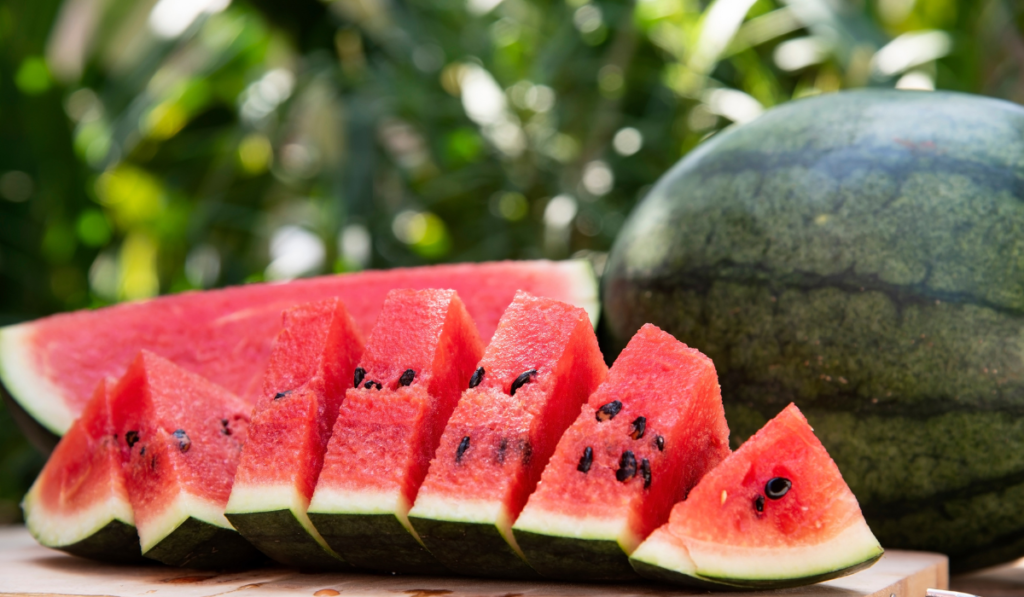
Cruciferous Power of Cabbage
Cabbage is a cruciferous vegetable, which help reduce the risk of colon and rectal cancer. Plus cabbage is rich in fiber and has almost 50 percent of daily requirement of vitamin C, making it a well-rounded superfood with cancer-fighting power.
Carrot’s Nutrient Punch
Carrots are also a wonderful source of fiber and beta carotene, and they have about three times the daily requirement of vitamin A.
Nutrient-Rich Alternatives
Did you know that one-quarter cup of kidney beans has the same amount of fiber and protein as two ounces of red meat? Whole wheat pasta is also a good source of fiber, and broccoli will tip the daily scales for your daily vitamin A and C needs. Toss them all together with your favorite low-fat Italian dressing for a simple dinner of cancer-fighting proportions.
Berry Good for Cancer Prevention
Strawberries and blueberries are rich in vitamin C and fiber. They’re quick and simple finger food, and easily be added to your favorite whole grain cereal oatmeal, or low-fat yogurt.
Superfoods For Super Skin
It’s been said we are what we eat, and that sentiment definitely holds true when it comes to our skin. It’s our body’s biggest organ, and it deserves all the nutritional TLC we can give it. So take a look at what you’ve been feeding yourself, and therefore feeding your skin.
One the most important components of skin health is vitamin A, and probably one of the best sources of it is low-fat dairy products. It could be said the health of our skin depends on vitamin A. Low-fat yogurt is not only high in vitamin A, but also acidophilus, the “live” bacteria that is good for intestinal health. Turns out, it may also have an impact on the skin, since it aids in digestion. Other good sources of vitamin A include cod liver oil, sweet potatoes, carrots, leafy vegetables, and fortified breakfast cereals.
It’s important to also make sure you’re eating foods rich in antioxidants, such as blackberries, blueberries, strawberries, and plums. The benefits of these foods for healthy skin are plentiful. The antioxidants and other phytochemicals in these fruits can protect the skin cells, so there is less chance for damage. This in turn guards against premature aging, and keeps skin looking younger longer. Other fruits and vegetables that are high in antioxidants include artichokes, black, red, and pinto beans, prunes, and pecans.
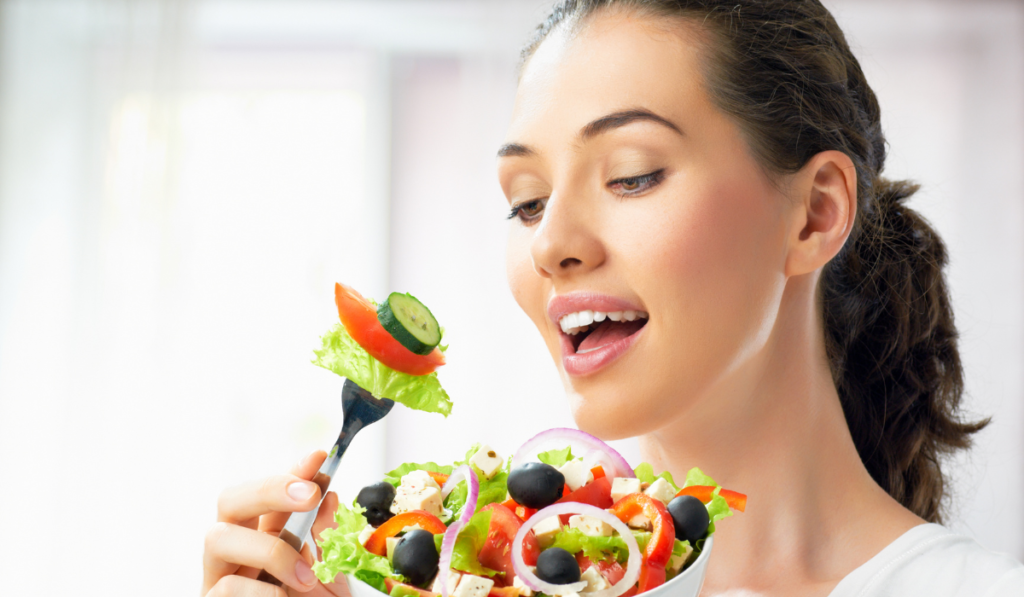
Essential fatty acids (EFAs) are essential to your skin. Include salmon, walnuts, canola oil, and flax seed. EFAs keep cell membranes healthy, and allow nutrients to pass through.
We also need healthy oils, which contain more than essential fatty acids. Eating good-quality oils helps keep skin lubricated and keeps it looking and feeling healthier overall. Look for oils that are cold pressed, such as olive or extra virgin oil. We only need about two tablespoons a day of healthy oils, so use wisely.
Selenium plays an important role in the health of skin cells. Turn to foods like Whole-wheat bread, muffins, and cereals; turkey, tuna and brazil nuts for this important nutrient. Recent studies show that if selenium levels are high, even skin damaged by the sun may only suffer minimal, if any, damage.
Choosing the whole grain versions of complex carbohydrates can have a significant effect on insulin levels. Processed and refined sugars can cause inflammation that may ultimately be linked to skin break outs.
Green tea has anti-inflammatory properties, and it protects the membrane of the cell. It may even help prevent or reduce skin cancer risks.
Water plays such an important role in your overall health, and it has a profound effect on your skin’s health as well. Well-hydrated skin is healthy and young-looking. It also helps move the toxins out of your system so they have less chance to do damage.
